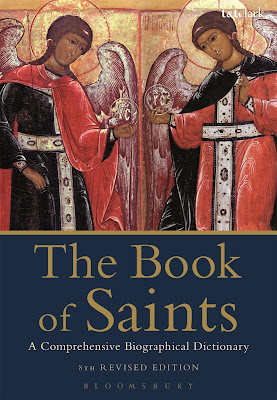O Immaculate Virgin, Mother of God and Mother of Humanity, we believe with all the fervour of our faith in your triumphal Assumption both in body and in soul into heaven where you are acclaimed as Queen by all the choirs of angels and all the legions of saints; we unite with them to praise and bless the Lord who has exalted you above all other pure creatures and to offer you the tribute of our devotion and our love.
We know that your gaze, which on earth watched over the humble and suffering humanity of Jesus, in heaven is filled with the vision of that humanity glorified and with the vision of uncreated Wisdom, and that the joy of your soul in the direct contemplation of the adorable Trinity causes your heart to throb with overwhelming tenderness; and we, poor sinners whose body weights down the flight of the soul, beg you to purify our hearts so that, while we remain below, we may learn to see God and God alone in the beauties of his creatures.
We trust that your merciful eyes may deign to gaze down upon our miseries and anguish, upon our struggles and our weaknesses; that your countenance may smile upon our joys and our victories; that you may hear the voice of Jesus saying to you of each one of us, as He once said to you of His Beloved Disciple: "Behold you son," and we who call upon you as our Mother, we, like John, take you as the guide, strength and consolation of our mortal life.
We are inspired by the certainty that your eyes, which wept over the earth crimsoned by the blood of Jesus, are yet turned toward this world racked by wars and persecutions, the oppression of the just and the weak. From the shadows of this vale of tears, we seek in your heavenly assistance, tender mercy, comfort for our aching hearts, and help in the trials of Church and country.
We believe finally that in the glory where you reign, clothed with the sun and crowned with stars, you are, after Jesus, the joy and gladness of all the angels and the saints, and from this earth, over which we tread as pilgrims, comforted by our faith in the future resurrection, we look to you our life, our sweetness, our hope; draw us onward with the sweetness of your voice, so that one day, after our exile, you may show us Jesus, the blessed fruit of your womb. O clement, O loving, O sweet Virgin Mary.
Amen.
















